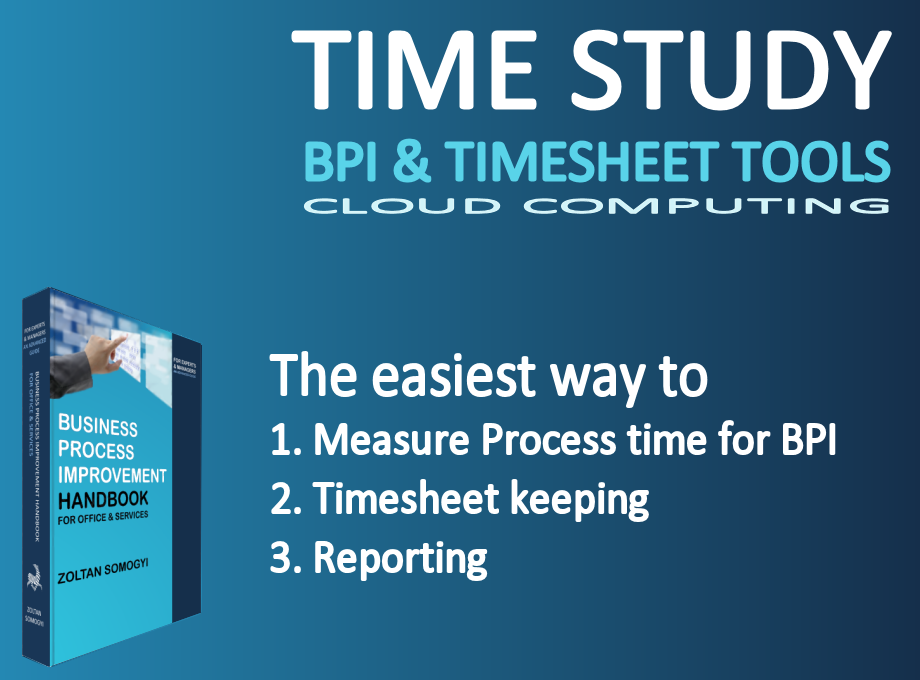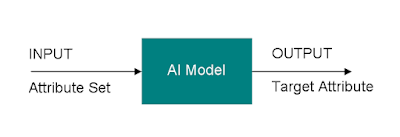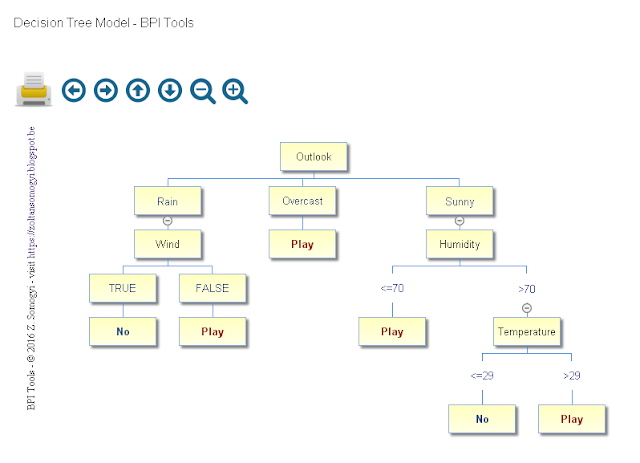 The biggest high-tech companies like Google, Apple, Microsoft, etc. are recently started to invest a huge amount of money in Artificial Intelligence. There are already several application based on AI machine learning built in some of the products you are probably also using daily. And machine learning started to spread also to other industries and sectors.
The biggest high-tech companies like Google, Apple, Microsoft, etc. are recently started to invest a huge amount of money in Artificial Intelligence. There are already several application based on AI machine learning built in some of the products you are probably also using daily. And machine learning started to spread also to other industries and sectors.
Since computers were invented we are trying to make (program) them to learn and to improve automatically. This is what we call Artificial Intelligence or machine learning. The possible applications of AI are endless from robotics to e.g. learning from existing medical records in order to decide on treatments of existing or new diseases or optimize business processes based on specific process patterns.
There are two main application fields of AI in Business Process Improvement:
- Descriptive Modeling - with Knowledge Management as one of the most important applications. In this type of modeling all attributes are known and by presenting a ‘question’ (an attribute set) to the AI the AI will give the ‘answer’/the target attribute.
- Predictive Modeling - in this type of modeling the aim is that the AI identifies an unknown target/decision depending on a set of input attributes. The AI does this by first learning about the specific process or phenomenon by studying a collection of attribute sets.
In both cases we first need to develop an AI Model and then use the AI to identify quickly the target attribute or decision. The model development process is described in the next section.
Model Development
The first step in the model development process is the design of the AI by deciding which data to collect (input data). This step is crucial because the capabilities of the AI will depend on it. You need to collect (e.g. by measurements, interviews, etc.) all relevant attributes/parameters which are necessary to describe the specific problem you want the AI to learn. E.g. in a hospital if you would want the AI to help you to decide which specific next step the patient needs to take (go home, intensive care, general care, etc.), then you would collect all data about many patients which are necessary to make this decision (patient's temperature, blood pressure, perceived comfort, etc.). By feeding all these data to the AI together with the right decisions you can train the AI and use it later to help you make the right decision fast. Very complex issues can be decided in this way quickly with great confidence. The accuracy of the decisions will depend on how good you train the AI.
The input data is a collection of records. Each record is characterized by several attributes (attribute set) including one special target attribute or decision.
The attributes can be discrete (categorical with a fixed/limited number of values) or continuous (real number) values. There are two types of models depending on the type of the target (decision) attribute. When the target attribute is discrete (category) we speak about Classification modeling, and when the target attribute is continuous (real number) we speak about Regression Modeling.
The example on the above image shows a dataset collected for a very simple AI model which is used to decide whether to play golf or not. The attributes are Outlook, Temperature, Humidity, Wind and the target or decision attribute is in the last column with two discrete values Play and No. Each attribute has two or more values. E.g. Outlook can be Sunny, Overcast or Rain which are a fixed number of discrete values (categories, designated with [Type]=Text in the example). The Temperature is a continues attribute with many different possible values (real numbers in a range, designated with [Type]=Number in the example).
The second step in the model development process is data collection and the division of the collected data into two parts. One part (the larger part) will be used to train the AI and the other part will be used to test/validate the AI model. By testing the AI you are able to see how accurate the decisions are. In case the accuracy is not acceptable you need to collect more data or even introduce extra parameters (=redesign the AI).
The third step is the training of the AI Model (will be explained in detail in the next section) after which the AI model is validated. The validation provides the accuracy of the AI model. If the accuracy is acceptable the AI model is ready. If it is not acceptable the AI needs to be redesigned which can mean the collection of extra data or even the addition of extra attributes.
The accuracy of the AI model is calculated simply by dividing the number of correct predictions with the total number of predictions in the testing/validation data set.
AI Model Building - AI Training
One of the widely used techniques to build an AI model (learning algorithm) is by constructing a decision tree. An AI decision tree can be thought of as a series of appropriately developed questions and answers which follow-up each other. The tree starts with a root node (‘question’) and continues with several nodes (‘answers’) after which a new node/question is added (internal node) at all of the leaf nodes (answers) which become an internal root node and so further.
The AI model building algorithm reads the training data and step by step builds the AI decision tree by carefully deciding on the different nodes with a top-down divide an conquer strategy (root node, internal nodes and their hierarchy). A statistical property (the so called Information Gain) is used to classify the attributes and to build the decision tree from the data. Every time a node needs to be chosen the attribute with the highest information gain (the largest split over the input space) is used.
The information gain can be calculated in many different ways with the help of the so called Entropy, the Gini index or the Gain Ratio, etc. The Entropy and Gini favor attributes that have a large number of discrete values while splitting the data, in case this provides a problem (low model accuracy) the Gain Ratio should be used. The explanation of the detailed calculation procedure and equations is not the aim of this article.
You may be interested in the software tool Decision AI, a free Google Sheets add-on (part of the BPI TOOLS package) in the software section here: Decision AI. Decision AI contains all of the here above explained algorithms and more!
You may be interested in the software tool Decision AI, a free Google Sheets add-on (part of the BPI TOOLS package) in the software section here: Decision AI. Decision AI contains all of the here above explained algorithms and more!
As a last step the AI tree model is pruned in order to remove all unnecessary nodes. In case you use the AI model for knowledge management you may prefer to not prune the tree!
You find more info on the AI-TOOLKIT website.
You find more info on the AI-TOOLKIT website.
Conclusion
Artificial Intelligence (machine learning) business process improvement tools can be used (after training the AI) to quickly make decisions or gather knowledge about many different often complex matters as e.g.
- Which next process step the employee (or client, product, etc.) has to take,
- Decide if an action should be taken or not,
- Select an employee (or client, product, etc.) for a specific task (or action, marketing campaign, etc.),
- Root Cause Analyses,
- Knowledge management,
- …etc. the applications are endless.
The AI model can also be used for non business process improvement decisions as for example whether to buy a stock on the stock exchange (with well defined AI training parameters), to quickly classify specific species or plants depending on some characteristics, data mining, and even to quickly recognize specific illnesses depending on several symptoms in healthcare, … etc.
If you are still reading this article then you may be interested in the software tool Decision AI, a free Google Sheets add-on (part of the BPI TOOLS package) in the software section here: Decision AI.
Decision AI is very easy to use, it hides the complex algorithm of AI machine learning and with just a few input parameters you can make great improvements to your decision making process and accuracy. People make often mistakes because of complex issues depending on many parameters. A well trained AI will not make a mistake because of complexity but only if it is not trained well enough by you!
Decision AI is very easy to use, it hides the complex algorithm of AI machine learning and with just a few input parameters you can make great improvements to your decision making process and accuracy. People make often mistakes because of complex issues depending on many parameters. A well trained AI will not make a mistake because of complexity but only if it is not trained well enough by you!
You find more info on the AI-TOOLKIT website.
Read further in the BUSINESS PROCESS IMPROVEMENT Cloud computing tools sections:


You may also be interested in the following Artificial Intelligence Tools on the AI-Toolkit website:


You may also be interested in the following Artificial Intelligence Tools on the AI-Toolkit website:
The AI-TOOLKIT
You can download the AI-TOOLKIT for free (https://ai-toolkit.blogspot.com/p/ai-toolkit.html) which contains several more powerful but easy to use software packages and experiment with AI capabilities in your business.























